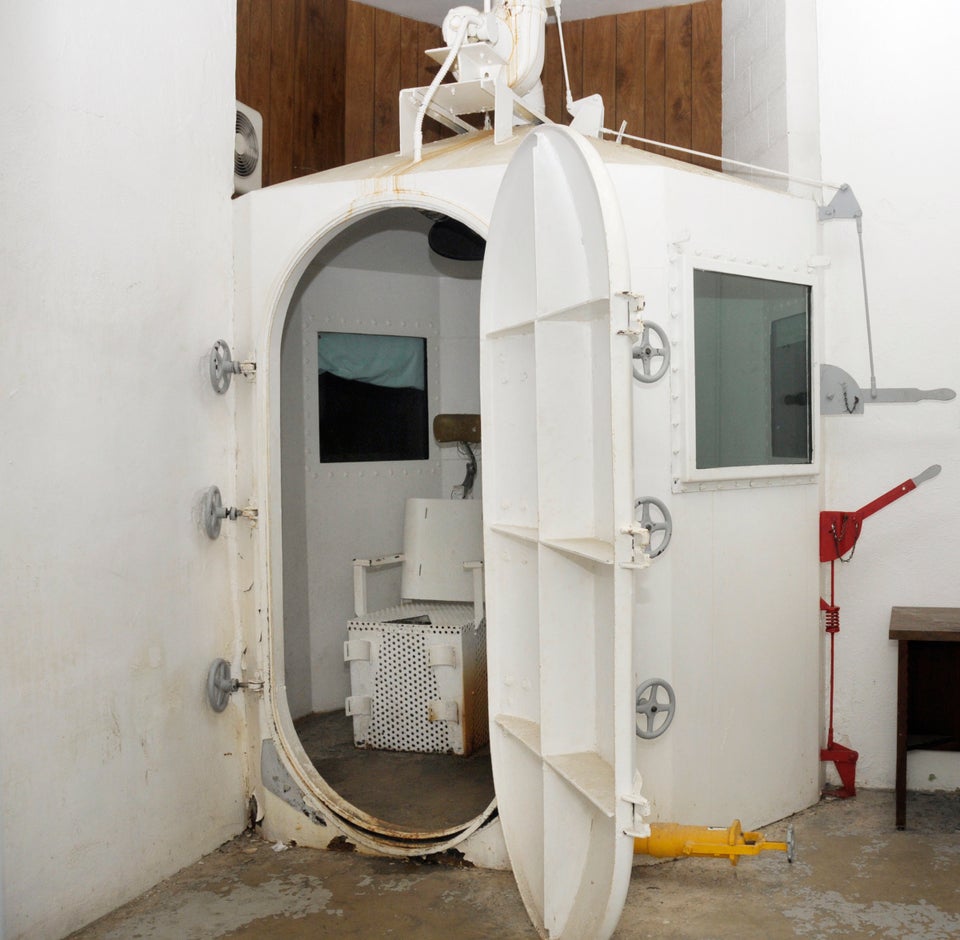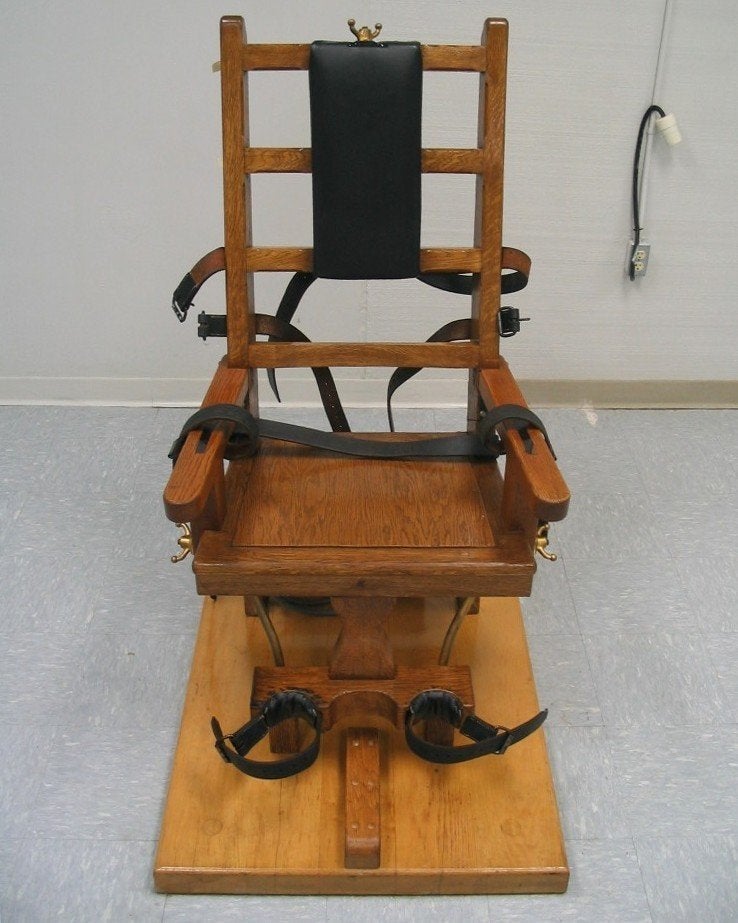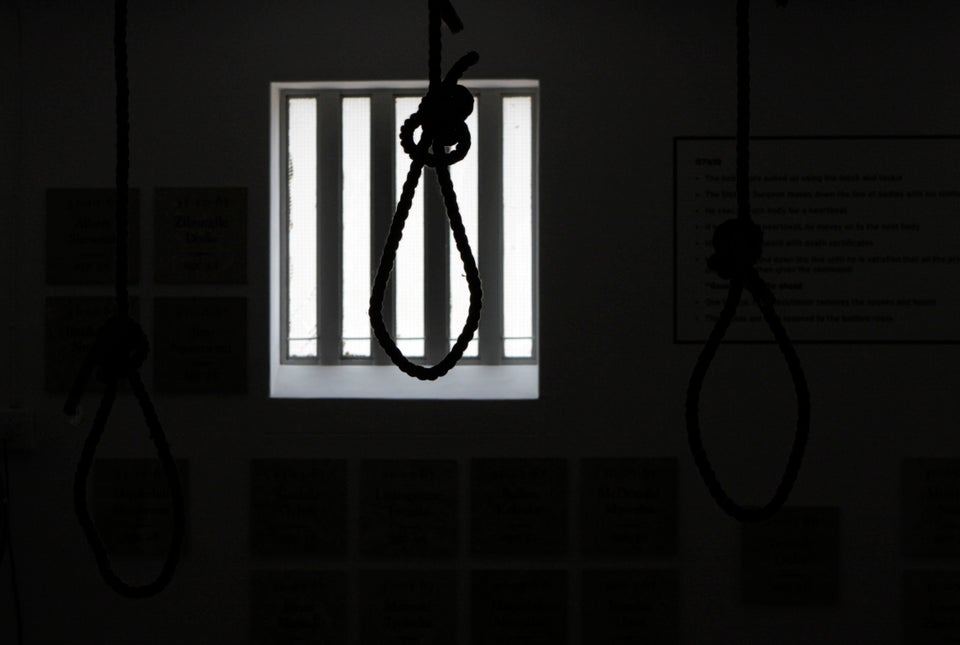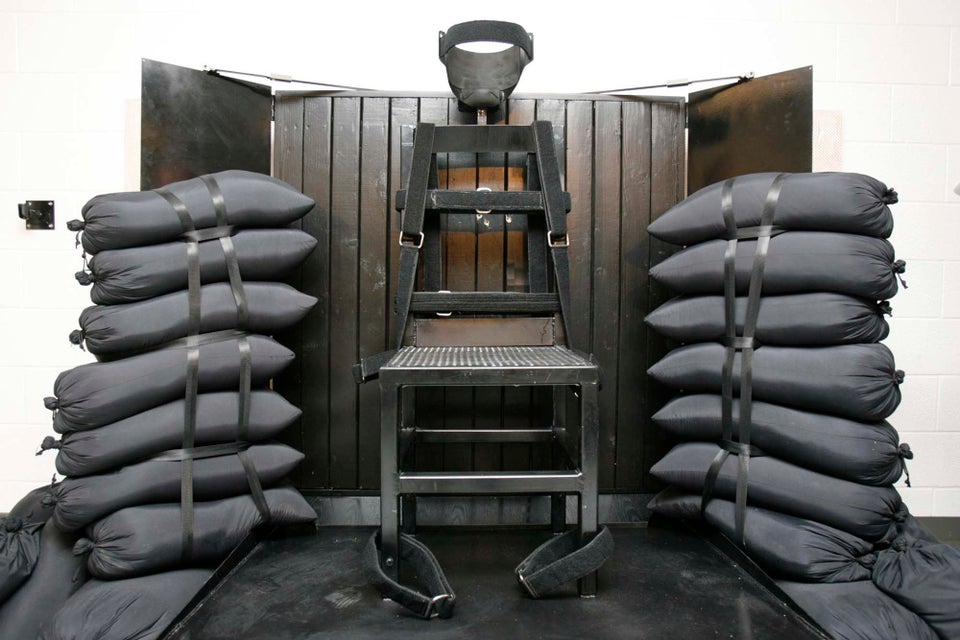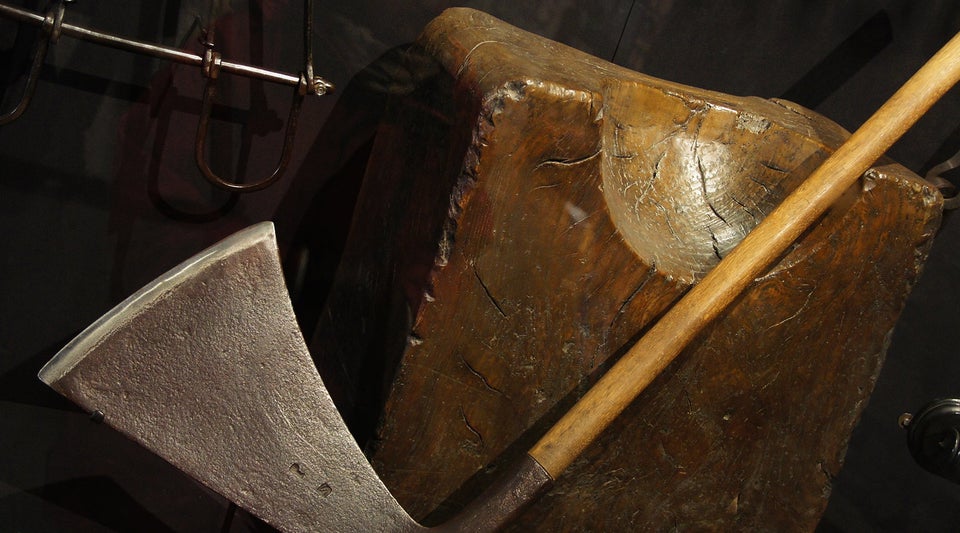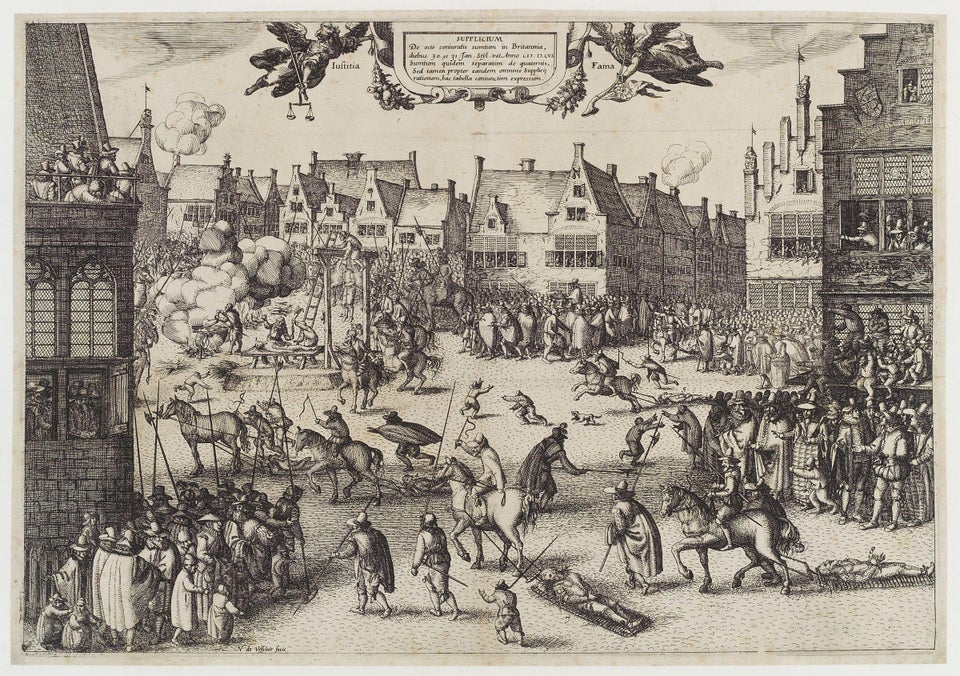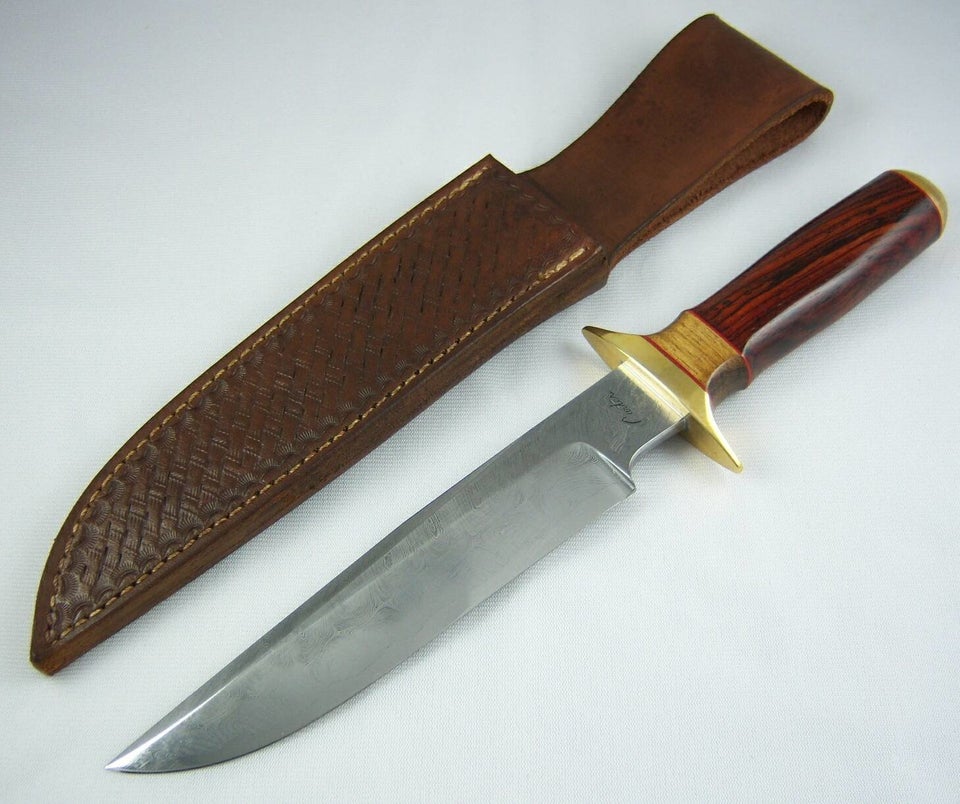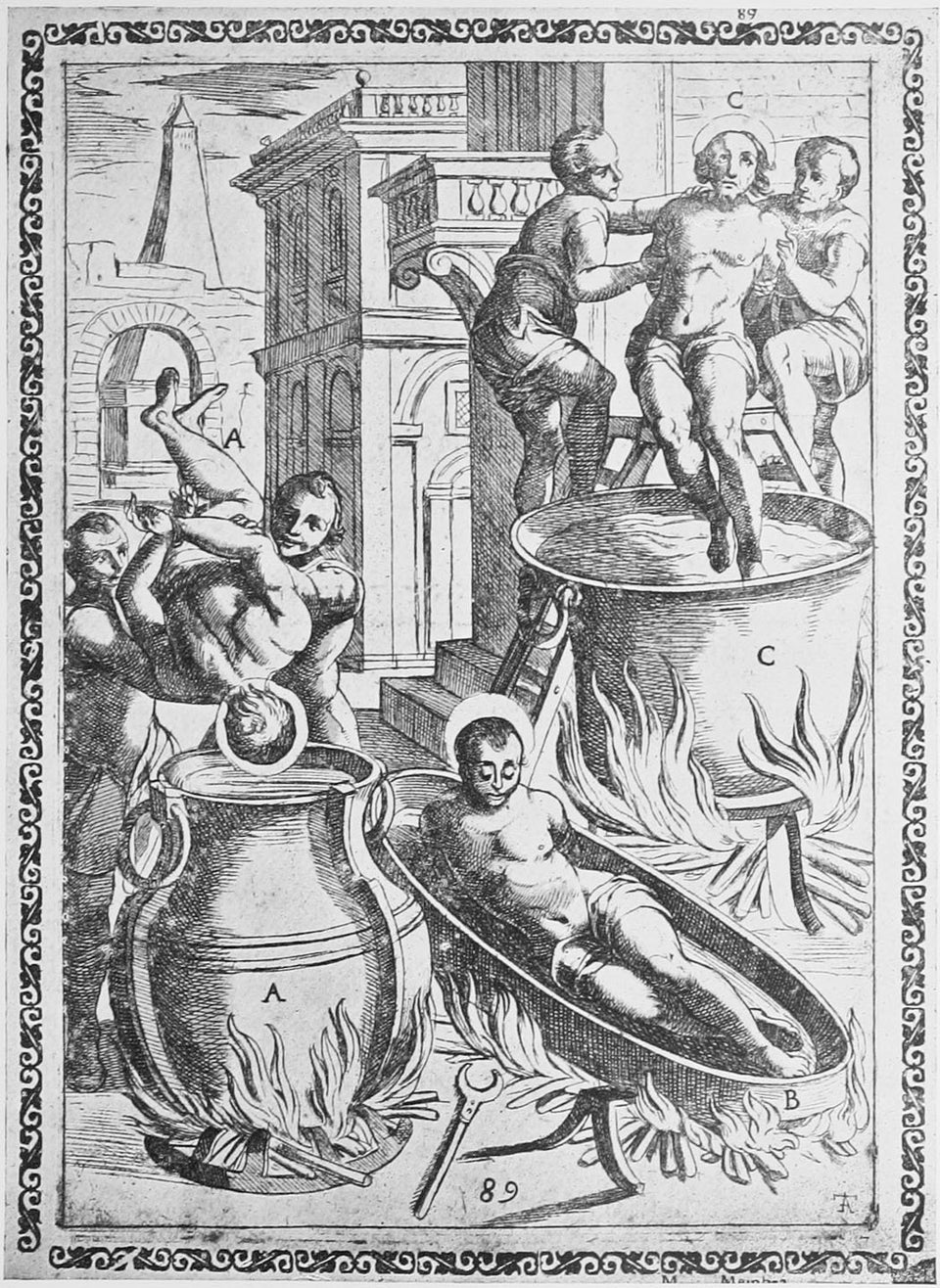Emails from 2011 show officials in Oklahoma once joked about trading lethal injection drugs for football tickets.
The jokes came in response to a January 2011 email sent by Texas Assistant Attorney General Laura Grant Turbin, who asked for assistance in arguing for the use of a substitute lethal injection drug "should it be necessary" since "sodium thiopental is quite scarce now."
Assistant Attorney General Seth Branham forwarded the email to some colleagues, joking that help should be given in exchange for money or football tickets.
"We should reply back that we would be glad to consult with Texas for the rock-bottom expert price of $225 per hour. Or maybe just tickets on the 50 yard line, lower level, for next year's OU-Texas game," Branham wrote.
The Colorado Independent reported the story in March:
Oklahoma state attorneys quipped about the drug shortage, joking that they would trade information with Texas officials about how to procure lethal injections in exchange for tickets to a Texas-Oklahoma university football game. In an email to a colleague, Oklahoma Assistant Attorney General Seth Branham dubbed the group of Oklahoma officials who had been working to procure lethal injection drugs “Team Pentobarbital.” The colleague, fellow Assistant Attorney General Stephen J. Krise, joked that for Oklahoma’s assistance, Texas’s football team should intentionally lose several games.
“So, I propose we help if TX promises to take a dive in the OU-TX game for the next 4 years,” Krise wrote, documents show.
Reporter Susan Greene rehashed the anecdote in a piece on the recent botched execution of Clayton Lockett, a death row inmate in Oklahoma who died of a heart attack after prison officials attempted to execute him using a new drug cocktail.
See the emails below:
Before You Go

